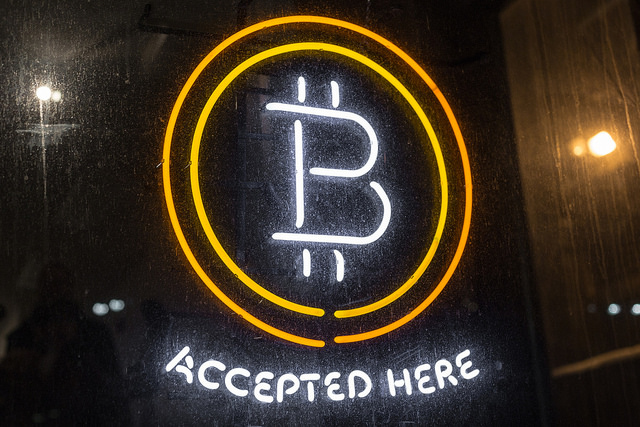 Print This Post
Print This Post- The Strategist - https://www.aspistrategist.org.au -
Cyber wrap
Posted By Tobias Feakin on October 8, 2014 @ 14:30
 As allied forces begin the air campaign against Islamic State forces in Iraq and Syria, there are concerns in the US that IS could turn to cryptocurrencies to bolster their already substantial funding base. Reports have stated that ISIS already generates upward of US$3 million per day from oil revenues, kidnap for ransom, taxation, theft, and pillaging, and these funds could be added to through the use of cryptocurrencies such as bitcoin. The US military is studying these types of currencies to determine if they can be traced and to see how they could be used by groups such as ISIS. A US Defense official stated that ‘We're trying to do our best to understand the true scope of the threat that we are dealing with. …We have to fully understand all of the components and functions of the adversary across the globe—not just in Syria and Iraq—and the manner in which those adversaries raise, hide and move money.’
As allied forces begin the air campaign against Islamic State forces in Iraq and Syria, there are concerns in the US that IS could turn to cryptocurrencies to bolster their already substantial funding base. Reports have stated that ISIS already generates upward of US$3 million per day from oil revenues, kidnap for ransom, taxation, theft, and pillaging, and these funds could be added to through the use of cryptocurrencies such as bitcoin. The US military is studying these types of currencies to determine if they can be traced and to see how they could be used by groups such as ISIS. A US Defense official stated that ‘We're trying to do our best to understand the true scope of the threat that we are dealing with. …We have to fully understand all of the components and functions of the adversary across the globe—not just in Syria and Iraq—and the manner in which those adversaries raise, hide and move money.’Article printed from The Strategist: https://www.aspistrategist.org.au
URL to article: https://www.aspistrategist.org.au/cyber-wrap-45/
[1] Image: http://www.aspistrategist.org.au/wp-content/uploads/2014/10/12350379324_c337c90dc3_z.jpg
[2] turn to cryptocurrencies: http://www.nbcnews.com/storyline/isis-terror/u-s-military-probing-digital-currencies-terror-fight-n212371
[3] generates upward of US$3 million per day: http://www.huffingtonpost.com/2014/09/22/isis-funding_n_5850286.html
[4] they could be used by groups such as ISIS: http://www.businessinsider.com.au/isis-supporter-outlines-how-to-support-terror-group-with-bitcoin-2014-7
[5] stated: http://www.cnbc.com/id/102033875
[6] fallen to its lowest level for almost a year: http://www.bbc.com/news/technology-29507443
[7] banking sector is facing a rising threat: http://www.ft.com/intl/cms/s/0/5fd20f60-4d67-11e4-8f75-00144feab7de.html#axzz3FQycRipy
[8] targeted by a phishing campaign: http://www.abc.net.au/news/2014-10-07/fake-auspost-emails-used-in-crypto-ransomware-attack/5795734
[9] ex-US Homeland Security Secretary Tom Ridge, who has launched a new cyber crime insurance product: http://www.reuters.com/article/2014/10/06/us-cybersecurity-insurance-idUSKCN0HV14Q20141006
[10] International Fellow Jim Lewis: https://www.aspi.org.au/icpc/staff/james-lewis/james-lewis
[11] USB into a cyber-attack platform: http://www.bbc.com/news/technology-29475566
[12] USB disco ball, USB hamster wheel, and duck-shaped vacuum cleaner: http://www.pcmag.com/slideshow_viewer/0,3253,l=192425&a=192425&po=1,00.asp
[13] Tobias Feakin: https://www.aspi.org.au/about-aspi/aspi-staff/senior-analysts/tobias-feakin
[14] International Cyber Policy Centre: http://cyberpolicy.aspi.org.au/
[15] Duncan Rawlinson: https://www.flickr.com/photos/thelastminute/12350379324